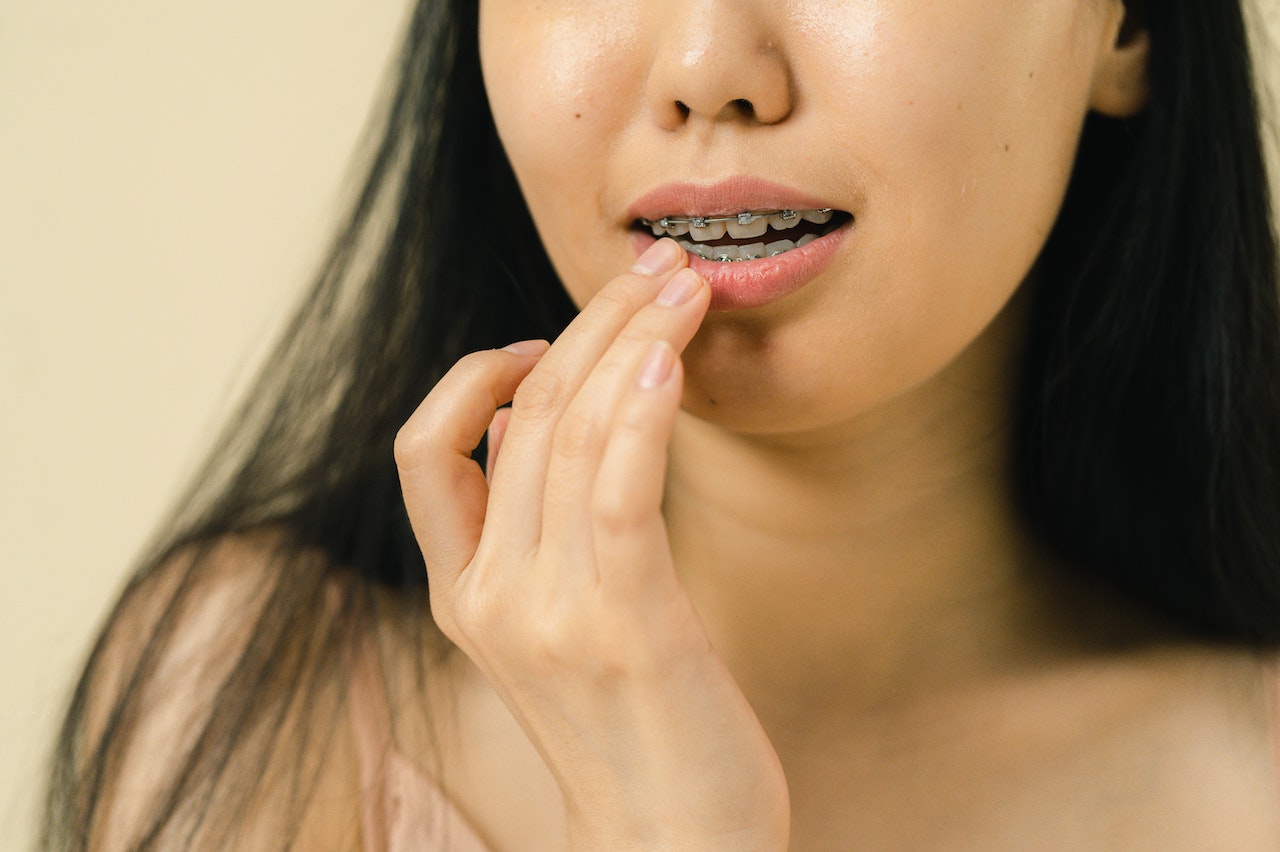Your dentist may suggest numerous kinds of braces to straighten your teeth, including regular metal braces, ceramic braces, lingual braces, and Invisalign, all of which differ in look and treatment time, cost, and positioning on your teeth or mouth. Each method’s benefits and downsides must be considered while picking the most effective course of treatment for a given client.
Different Types of Braces
Please consult an experienced orthodontist for recommendations and help on the best strategy for your kid or yourself. The adhering to are some examples of orthodontic braces that you or your kid could wear:
1. Traditional Metal Braces
Braces made of metal are often referred to as “traditional.” Current improvements in this style have actually utilized nickel-titanium instead of stainless steel. Traditional braces have the problem of staining the teeth and being quite noticeable.
For people who are allergic to nickel, gold-plated braces are an option (as you might for fillings). Bonding is the method where steel brackets and wires used in traditional braces adhere to every tooth. These are the least valued brace options.
2. Invisalign
Instead of braces or wires, Invisalign uses a set of clear plastic aligners worn over the teeth to fix misalignment. Removing and replacing these aligners with the following in the background every two weeks during treatment is simple. The regular number of aligners required to finish the task is between 18 and 30.
3. Ceramic Braces
The brace is fastened per tooth individually, just like typical braces. The biggest difference remains in the material used and the final appearance. Due to their clear nature, ceramic braces are often called “clear braces.”
A metal line that links a ceramic part to a tooth is still visible on both the top and lower rows of teeth. Ceramic braces give a more attractive appearance yet are less durable. Because they are so fragile, they are prone to breaking.
4. Lingual Braces
Because they are buried below the teeth, lingual braces are invisible from the front. As the name suggests, Lingual braces are inconvenient because they restrict the tongue’s ability to move. Due to linguistic limits, lots of users have difficulties talking at first. They are more costly and harder to keep up with.
5. Clear Braces
Clear Braces are plastic aligners used for a specified amount of time. You can take your braces off when it’s time to eat or brush your teeth. A new set of trays, or aligners, is placed in the mouth once the teeth have adjusted to the current alignment stage.
These are almost inconspicuous because no wires or tightening up are needed. Clear braces, such as Invisalign, Originator, and ClearCorrect, can be removed for eating and brushing. Dentists and orthodontists can offer these procedures, yet they are not typically used for considerable adjustments.
Conclusion
Thanks to modern innovation, making a selection can be hard with many alternatives. The most basic selection method is identifying which alternative matches your specific scenario. And you can learn by chatting with an expert after they have analyzed your orthodontic treatment plan.
Read more about Top 7 Major Benefits of Dental Implants

